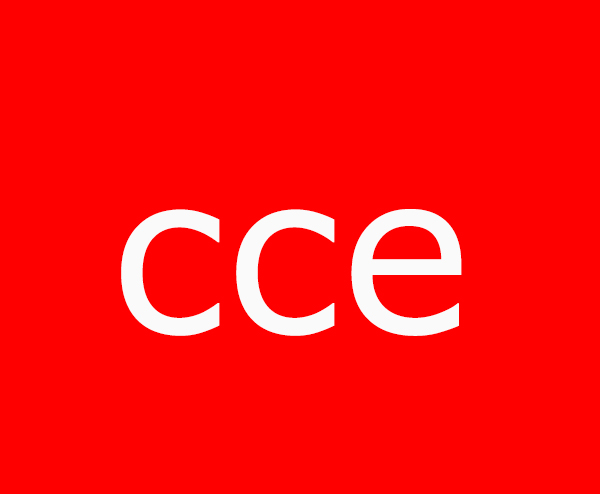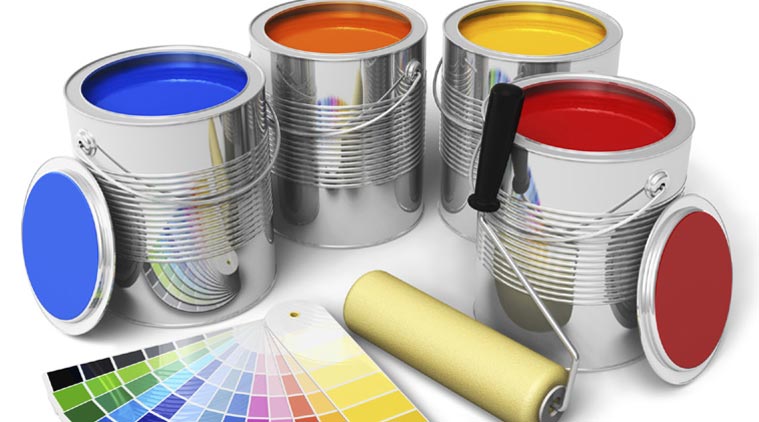Kenyan government has gazetted standards for paints being sold locally as it seeks to stop the sale of products with dangerously high lead levels.
The move seeks to bar the manufacture, importation and sale of paints whose lead content exceeds the safe threshold of 90 parts per million (ppm).
A report released in 2017 by Centre for Environment Justice and Development (CEJAD) shows that 71 per cent of paint brands sold in Kenya have dangerously high lead concentrations of above 10,000 parts per million (ppm).
Environmental experts say that lead paints should not be on sale in Africa as they are exposing many children and adults to devastating impact of lead poisoning and yet there are safer, more viable alternatives.
Leaded paints are still widely used in homes, schools, public buildings, toys and furniture.
The United Nations Environment Programme (UNEP) and World Health Organisation have established the Global Alliance to Eliminate Lead in Paint, an initiative seeking the total elimination of leaded paints in all countries by 2020.


Congratulations to the Centre for Environment Justice and Development Executive and its Director Griffins Ochieng for this life-changing change to Kenyan regulations/standards – this will improve the lives and longevity of millions of Kenyans and decrease crime rates in years to come. Next step, ensure that all old paint, house dust and soil near buildings is managed lead-safely when it comes to repainting or demolition.
Elizabeth O’Brien, The LEAD Group, Sydney, Australia
Hi Elizabeth, many thanks for your comment. We believe that this is the best decision towards achieving lead free paints. Should you have opinion piece on this issue don’t hesitate to send it to us we will publish it.